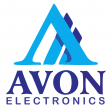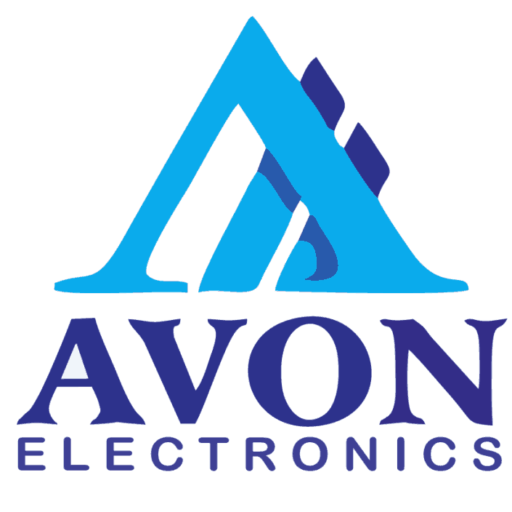Why dApp Connectors and Hardware Wallets Are Game-Changers for Secure Crypto Transactions Leave a comment
Okay, so check this out—when I first started dabbling in DeFi and Web3 apps, I honestly thought using a browser extension wallet was secure enough. Just click, sign, done, right? Well, not quite. Something felt off about trusting a plain software wallet alone, especially when handling larger sums or complex transactions. Whoa! My instinct said, “Better double-check how these dApps connect and how we sign stuff.”
There’s this subtle yet crucial bridge between your browser and decentralized apps, known as the dApp connector. It’s like the handshake that lets your wallet talk safely with the service, without exposing your keys or private info. But here’s the rub—connecting seamlessly while staying safe? It’s a fine line to walk.
Initially, I thought all browser wallet extensions did this equally well. Actually, wait—let me rephrase that. Some are just flashy facades, while others embed stronger security. For example, the okx wallet extension caught my eye because it balances user-friendliness with hardware wallet support, which is a big deal for me.
Really? Yeah, hardware wallets are not just a fancy add-on; they’re the gold standard for securing your private keys offline. When combined with a good dApp connector, you get the best of both worlds: smooth interaction with DeFi platforms and ironclad security. It’s like having a safe in your pocket that talks to your apps only when you say so.
Here’s the thing. Transaction signing in this ecosystem is where most users trip up. Clicking “Sign” sounds simple, but that’s where the rubber meets the road. If your wallet or connector isn’t properly verifying the transaction data, you risk falling prey to phishing or malicious contract calls. I’ve seen it happen to friends who didn’t double-check the details.
Why Hardware Wallet Support Matters More Than Ever
So, why do I keep circling back to hardware wallets? Because they isolate your private keys from the internet, making hacking attempts way harder. Sure, software wallets are convenient, but they live on devices prone to malware or browser exploits. That’s a recipe for disaster if you’re not careful.
Integrating hardware wallet support into a browser extension isn’t trivial, though. It requires robust communication protocols and user-friendly UX to avoid confusion. The okx wallet extension seems to handle this pretty well from what I’ve tested—allowing seamless connection with Ledger or Trezor devices without a ton of setup headaches.
Hmm… I remember when I first tried signing a transaction with a hardware wallet. The delay felt unnerving, like the device was hesitating, but that’s actually a good sign. It’s confirming every detail physically on the device screen—no accidental approvals. That little pause saved me from signing a dodgy contract once.
On one hand, this extra security step slows things down, which can annoy impatient users. Though actually, it’s a tradeoff I’m happy to make. With so much value at stake, a few extra seconds for peace of mind is worth it.
I’ve also noticed that some wallet extensions still don’t fully support hardware wallets or make the process clunky. This part bugs me, honestly, because it forces people to trust less secure methods just for convenience. Why compromise on security when better options exist?

Transaction Signing: The Crucial Moment
Signing a transaction isn’t just clicking “approve.” It’s a moment where your wallet verifies the intent, amount, and destination of your crypto movement. If the dApp connector and wallet extension don’t display this clearly, users can get tricked into approving something they never wanted.
Personally, I look for extensions that highlight every transaction detail crisply. The okx wallet extension does a neat job showing this info before the signing prompt, which stopped me from making costly mistakes during a crowded NFT drop.
There’s also the deeper layer of how the extension handles permissions. Some extensions over-request access to your accounts or sign transactions silently in the background (yikes!). That’s a major red flag. So, I recommend always verifying what permissions you grant and revoking those no longer needed.
Oh, and by the way, transaction signing can sometimes lag or fail if the network is congested, which can confuse users into retrying multiple times and potentially double-spending gas fees. A good dApp connector manages these edge cases gracefully, which I appreciate.
In my experience, the ideal setup is a browser extension like the okx wallet extension that offers real dApp connectors, supports hardware wallets natively, and clearly guides you through transaction signing. It’s like having a smart assistant that keeps you safe without getting in the way.
Wrapping My Head Around It All
At first, I was overwhelmed by all the technical jargon: dApp connectors, hardware wallets, transaction signatures… But once I started using tools with solid hardware wallet support and clear UX, the whole process became less intimidating.
Still, I’m not 100% sure if every extension out there maintains the same standards. Some seem great until you dig deeper or face weird bugs. So, I’m sticking to tried-and-tested options and keeping an eye on new developments.
In the end, balancing convenience with security is the ongoing challenge. The tools that get this right—like the okx wallet extension—are the ones I trust to keep my crypto safe while letting me actually enjoy the decentralized web without sweating every click.
So yeah, if you’re diving into Web3 and DeFi, don’t overlook how your wallet extension connects to dApps and handles transaction signing. Your future self will thank you for it.


